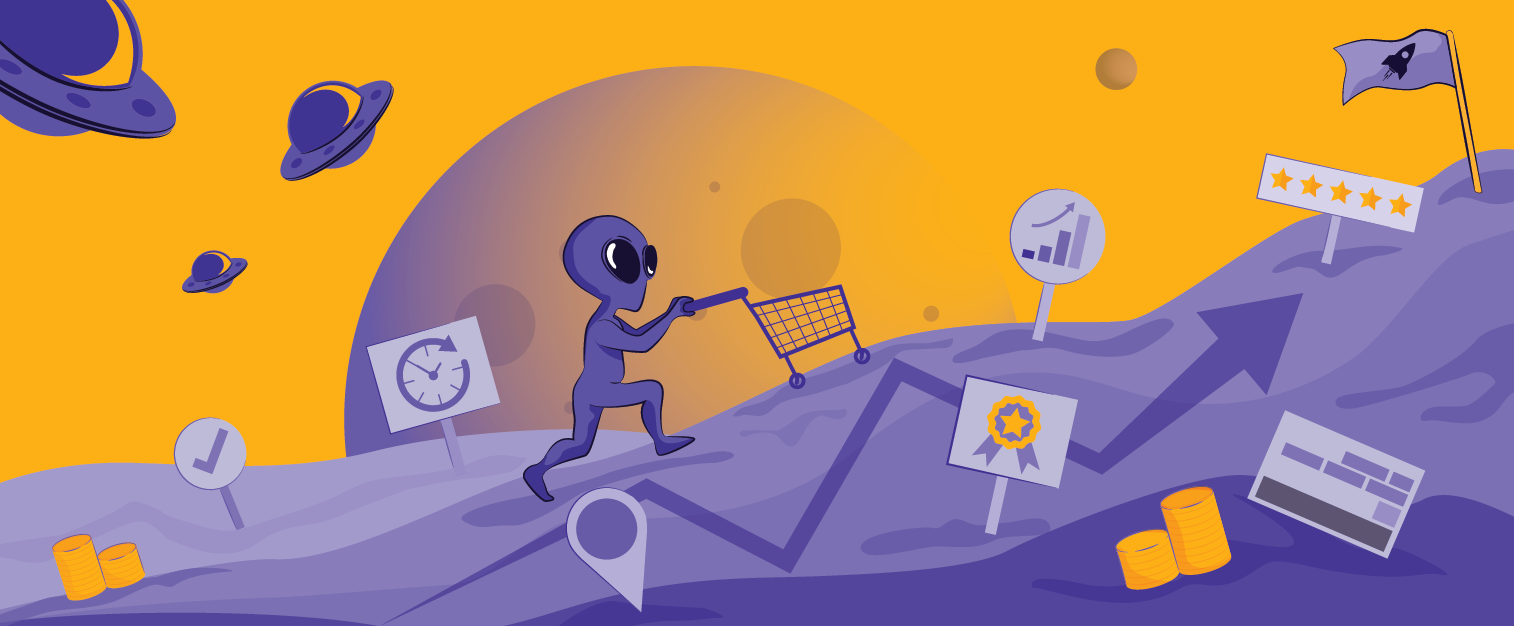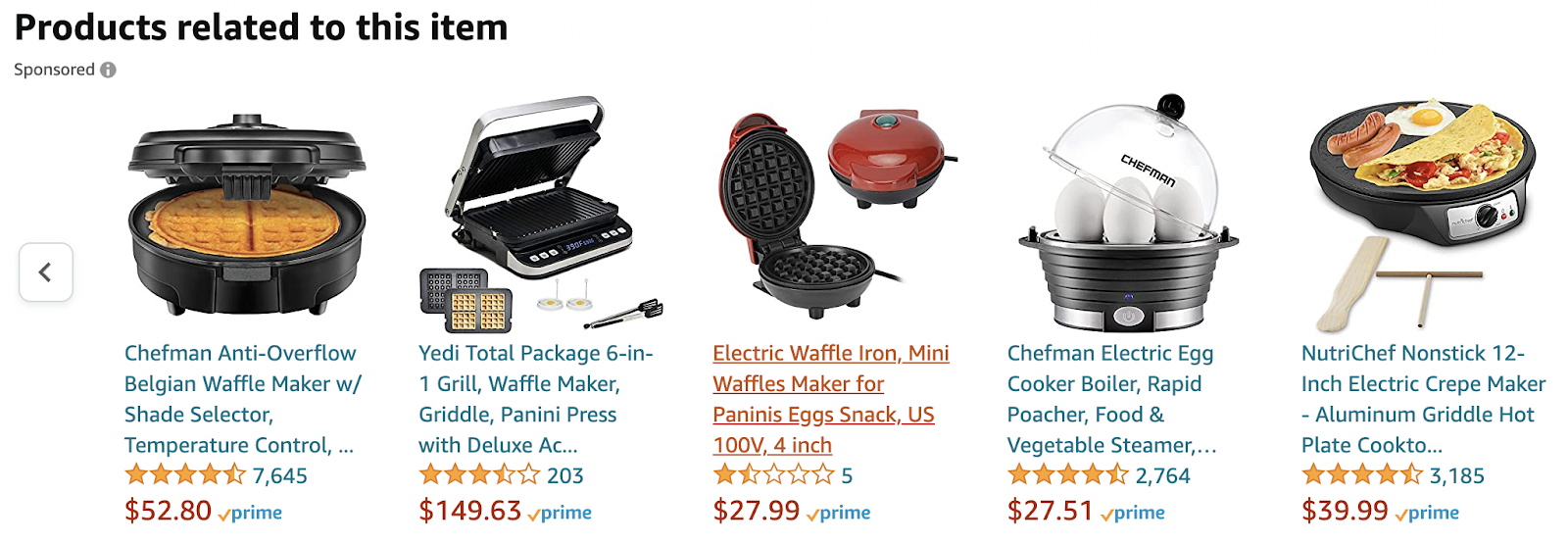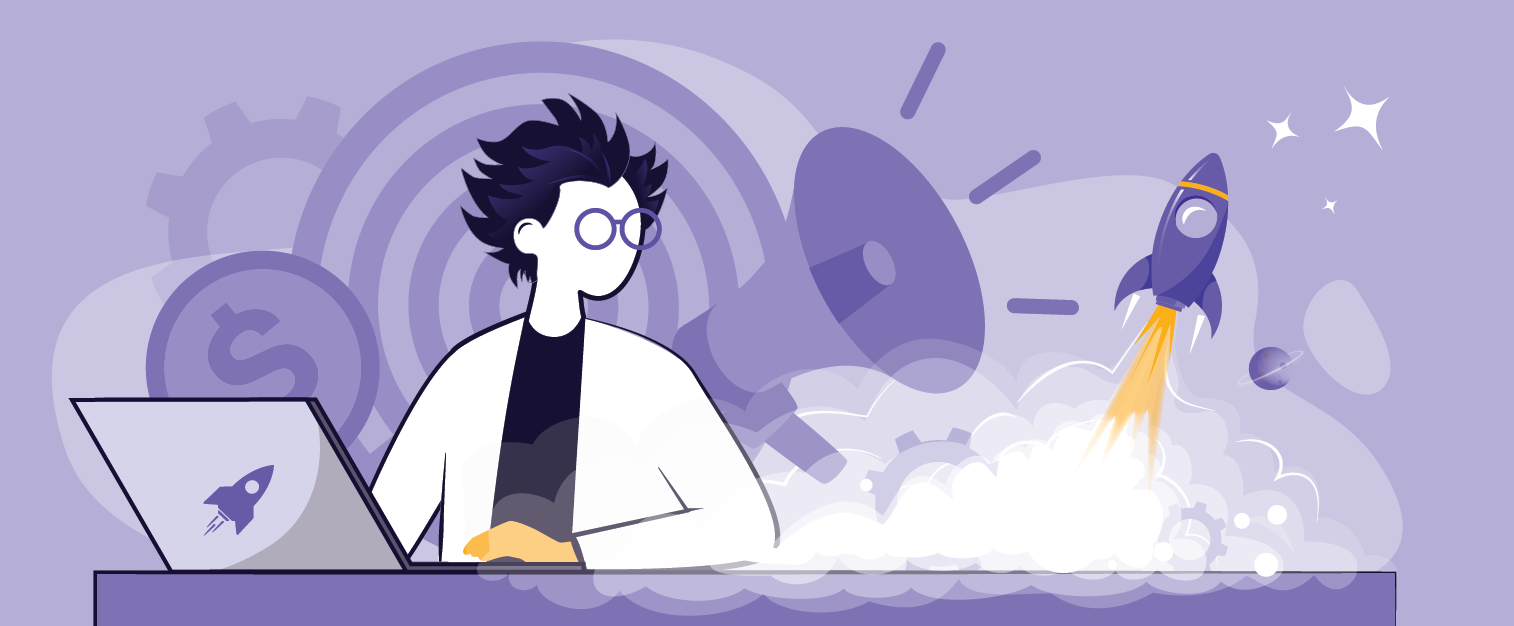Sending your data to our servers, please wait...





Oops... No results found.
Please try a different search phrase.
Digital Marketing 7 min read
Three Ways to Increase Customer Lifetime Value (CLV)
Written by Ayesha Renyard
Content Writer @ Galactic Fed
Expert reviewed by Dallin Porter
Marketing Director @ Galactic Fed
Published 24 Mar 2021
Simply put: there are two ways to grow your business.
- Get more new customers
- Grow your existing customers’ lifetime value
Customer lifetime value, or CLV, represents the total amount of money a customer is expected to spend on your business, or your products, during their lifetime.
Because 80% of your company sales typically come from about 20% of your customers, we want to focus today’s discussion on building that valuable segment of your customer base.
Source: Retently
How do you do it? As the old expression goes: you scratch their back, and they’ll scratch yours. By taking a customer-centric approach, you reduce churn—keeping customers around longer to buy more from you.
And that’s the trifecta for growing CLV: increasing the value of purchases, frequency of purchases, and customer lifespan.
Time to get that backscratcher ready. From our Galactic Fed experts, here are three ways to grow your customers’ lifetime value.
1. Improve the onboarding experience
First impressions are everything. If your customers’ initial experience with your company is negative, the odds that they stop doing business with you are much higher. In fact, according to Retently, it’s the leading cause of customer churn.
So what exactly is a stellar onboarding experience? That depends if you sell a product or service.
Products
When it comes to products, ease of use dramatically impacts the onboarding experience. Ideally, your product should be simple enough to use with little to no instructions. That’s why Apple is so successful.
If it requires a manual, it should be as clear and concise as possible. Nobody wants to read a huge booklet to get their shiny new toy to work. IKEA—we’re looking at you. Are those instructions or an optical illusion?
Source: Knowledge Owl
Service
Similar to products, signing up for a service needs to be easy, fast, and frictionless. You may offer many cool features—but focus on the core ones and their value first.
With that said, most users who sign up will go dormant and cancel their subscription within the first billing period. So be strategic when you design your onboarding process.
Need some help? Break down the onboarding phase using the C.A.R.E. framework: Convert, Activate, Retain and Expand. Identify actionable steps for every stage, but don’t go overboard—you don’t want to overwhelm your new customers.

Source: Intercom
2. Provide consistent, top-notch service
If a customer sticks around after the onboarding or trial period, you’ve achieved a major milestone! But it doesn’t end there. Consistent, top-notch service is required to increase the customer lifespan and encourage more spending.
What are the pillars of excellent customer service?
- Omnichannel access: Yes, you’re supposed to create and target specific buyer personas. But that doesn’t mean your customers’ habits are all the same. Some may want to dial in and chat with your customer support staff, while others prefer to send an email or DM on social media. The more channels and platforms you’re on, the more available you are to help your entire customer base.
- 24/7 support: Similarly, your customers’ schedules are all different. Some will come off a night shift at 5 AM and need your support, while others will try to reach you on their lunch break. It’s important to keep hours as open as possible—24/7 ideally—to keep it convenient for your customers. But if this doesn’t sound possible, consider using chatbots for those off-hours.
- Fast solutions: In today’s competitive marketplace, you need a solution or answer prepared for nearly everything. According to a customer service survey from Zendesk, 69% of consumers say they judge the quality of a customer experience based on whether they receive a “quick resolution” to their inquiries or requests for assistance.
In other words, if a customer hears a flat “no” or “I’m not sure,” there’s a high chance that they’ll pack up their bags and find a company that can help them.
- Ask for feedback: It’s never too early to ask for feedback from customers. Sometimes, people are confused or dissatisfied but could not be bothered to ask you to fix it.
We recommend sending out surveys, such as a Net Promoter Score (NPS) survey, to get a sense of customer satisfaction and identify any problem areas.
Source: Retently
Strive for a high NPS score—because happy customers are far more likely to stay with your business and spend money.
3. Personalize, upsell and cross-sell
By improving the onboarding experience and your customer service, you set the stage for longer customer lifespans. The pay-off? More time to spend money.
The longer they’re doing business with you, the more you get to know their preferences and habits too, which allows you to personalize content and promotions. When I first signed up for Uber Eats, their recommendations were all over the map. Now, they know that I take Taco Tuesdays very seriously—and yes, I will always add guac.
And that’s how successful companies do it—they deliver the right content, through the right channel, at the right time. It needs to be a tailored experience.
Do customers find that creepy? Not at all. In fact, 90% of consumers are willing to share personal behavioral data with companies for a cheaper and easier experience.
So once you have data on your customers, segment them according to their preferences and behavior, and push relevant content and promotions to them.
I hate to say it, but Amazon is the master of upselling and cross-selling relevant items. A few days ago, I had a random urge to buy a waffle maker. (We’ve all been there, right?)
Promoted alongside the waffle maker is a bag of waffle and pancake mix—how convenient. For less than five bucks, this add-on item is an easy upsell.
Below, Amazon (successfully) tried to cross-sell similar items to me. In addition to other waffle maker brands, they suggested an egg boiler and crepe maker—talk about a brunch game-changer. And just like that, my cart became four times fuller (and I became that much closer to getting my credit card cut up by my boyfriend).

Opportunities to upsell and cross-sell are right under your nose. Creating bundles, offering upgrades, providing free shipping with minimum spend—these are all ways to increase customer spend. And if it’s according to their tastes? You’re well on your way to skyrocketing your customers’ lifetime value.
Keep them happy to keep them spending
The formula is quite simple, really. Customer lifetime value increases alongside customer satisfaction. By finessing every stage of the customer journey, you’re well on your way to growing a loyal and lucrative customer base.
Looking for more advice? Chat with one of our digital marketing experts!

Ayesha Renyard
Content Writer @ Galactic Fed



